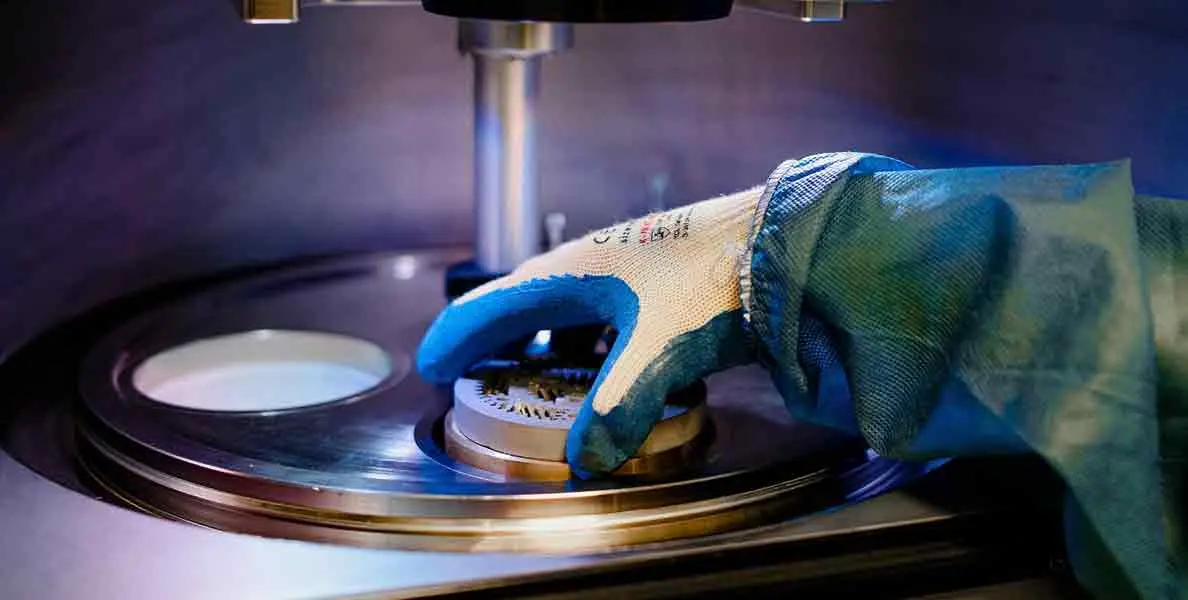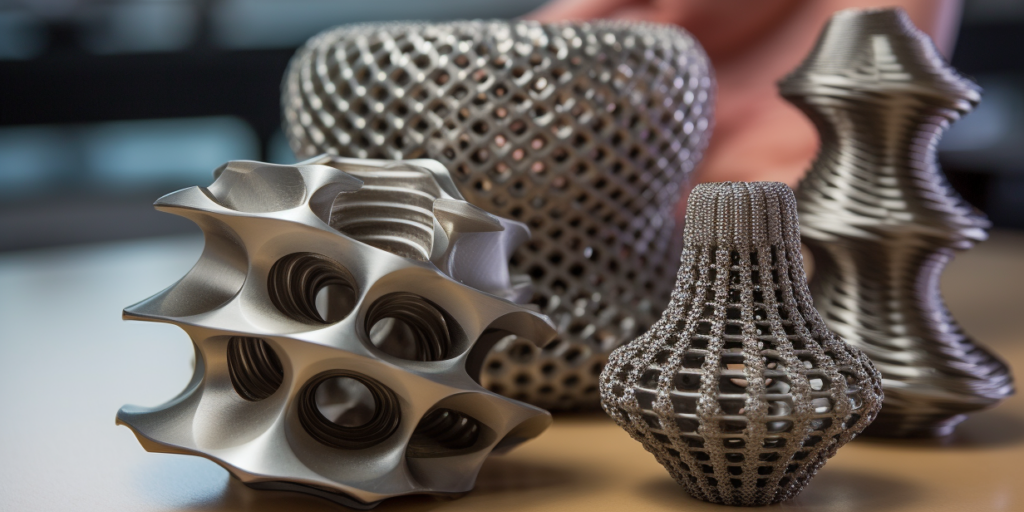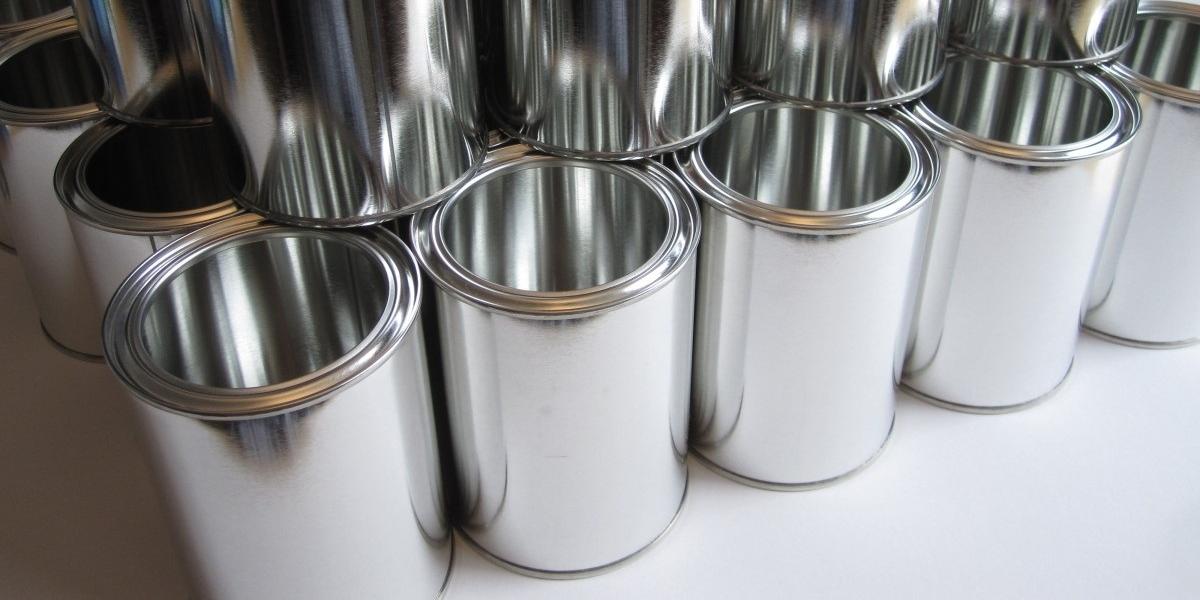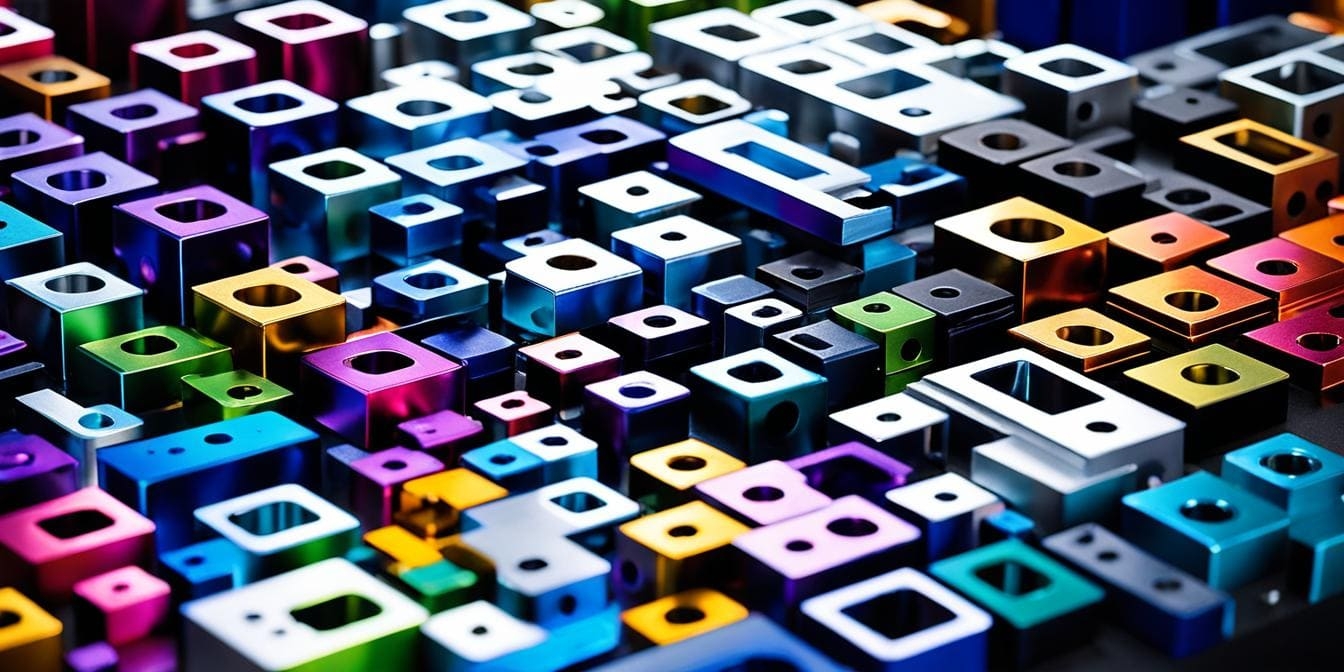The manufacturing industry has also become increasingly concerned with the choice for 3D printing materials, as 3D printing has become an essential and significant component of contemporary manufacturing.
This article is a complete guide to 3D printing materials.
If you want to know some specific material guide, please click here:
3D Printing Materials
Considerations When Choosing 3D Printing Materials
When selecting 3D printing materials, several critical considerations come into play.
The Purpose
First, the purpose of the printed object significantly influences material choice; for instance, prototyping may require different properties than final products.
Additionally, understanding the mechanical properties of materials, such as tensile strength, flexibility, and impact resistance, is essential for ensuring the printed item meets performance requirements.
The Technology
Another factor to consider is the 3D printing technology being employed.
Different 3D printing methods, such as FDM, SLA, or SLS, have specific material compatibilities, which can affect the final print quality and functionality.
Cost-Effectiveness
Furthermore, evaluating the cost and availability of materials is crucial, as high-performance materials may be more expensive or harder to source.
Sustainability
Finally, environmental impact and sustainability considerations are increasingly important; opting for eco-friendly materials can enhance a project’s overall value.
By carefully weighing these factors, one can make informed decisions that lead to successful 3D printing outcomes.
Materials Used for different 3D printing Processes
3D printing, a revolutionary manufacturing process, employs a variety of materials tailored to specific techniques.
Fused Deposition Modeling (FDM)
Industrial FDM 3d printers use soluble materials and thermoplastics, such as PLA (Polylactic Acid) and ABS (Acrylonitrile Butadiene Styrene).
These materials are favored for their ease of use, affordability, and versatility, making them ideal for prototyping and production.
Stereolithography (SLA)
This method utilizes liquid photopolymer resins that solidify when exposed to ultraviolet light.
It produces high-resolution parts with intricate details, making SLA a preferred choice for applications in the jewelry and dental industries.
Selective Laser Sintering (SLS)
This method employs powdered materials, commonly nylon or metal powders, which are fused by a laser.
It allows for complex geometries and is often used in the aerospace and automotive sectors.
3D Printing Plastic Filament
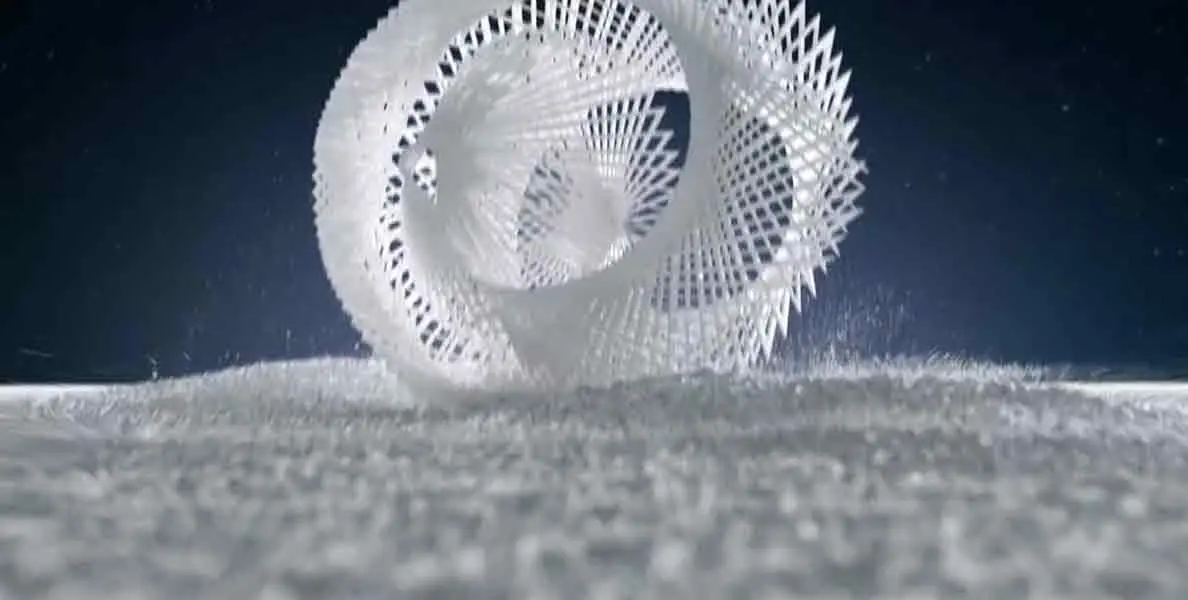
In recent years, plastic filament has emerged as a fundamental material in the realm of additive manufacturing, revolutionizing the way products are designed and manufactured. Fiberglass is also a stretched filament of glass. Fiberglass is widely used in various fields because of its remarkable characteristics such as light weight, high strength, corrosion resistance, and good insulation properties. It is an ideal material in modern engineering.
Types of Commonly Used Plastic Products
There are many different types of plastic used in 3D printing, offer distinct advantages depending on the application, such as:
- PLA
- ABS
- PETG
Why Does Plastic Work Well?
The versatility of plastic allows for the creation of intricate designs and structures that were previously difficult or impossible to achieve with traditional manufacturing methods.
The ability to customize and produce complex geometries has opened new avenues in industries ranging from aerospace to healthcare.
What’s the Problem with Plastic?
The environmental impact of plastic waste remains a concern, prompting ongoing research into biodegradable options and recycling methods.
As technology advances, the future of plastic in 3D printing will likely focus on sustainability and innovation.
3D Printing Resins
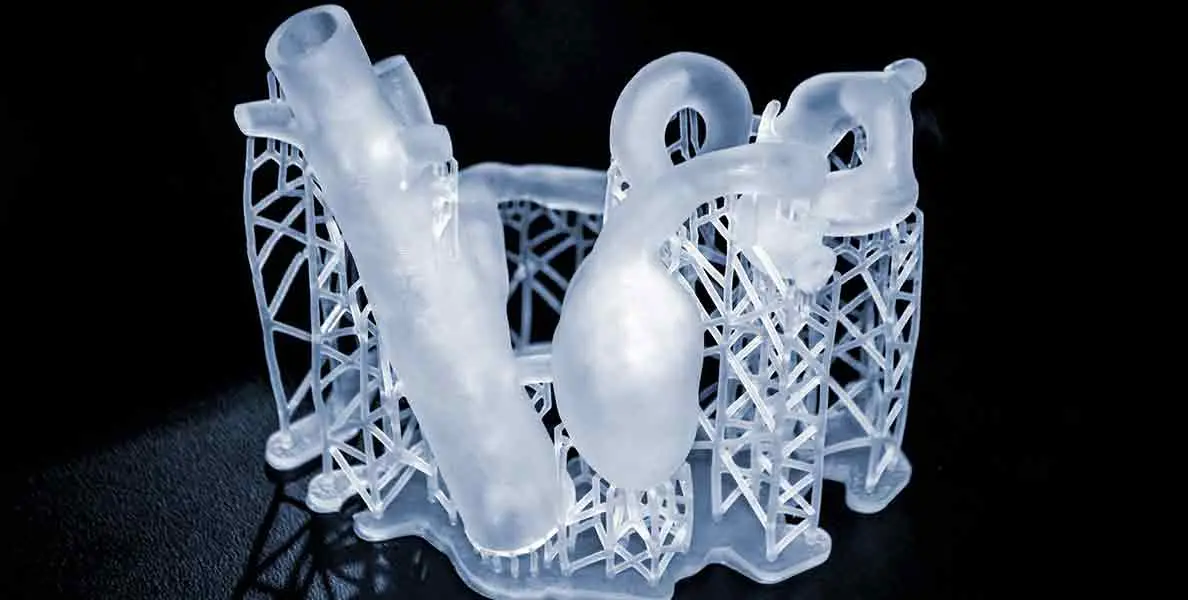
Resin in 3D printing has revolutionized the way intricate designs are created, offering unparalleled precision and detail.
What are the Advantages of Resin?
Unlike traditional filament-based methods, resin printing utilizes a liquid polymer that solidifies when exposed to ultraviolet (UV) light.
This allows for the production of highly complex geometries that are often impossible to achieve with other techniques.
What resins are Most Commonly Used?
Standard photopolymer resin is the most commonly used type, which is favored for its excellent surface finish and fine resolution.
However, there are various formulations available, each catering to specific applications, including:
- Flexible resin
- Durable resin
- High-temperature resin
TPU Material for 3D Printing
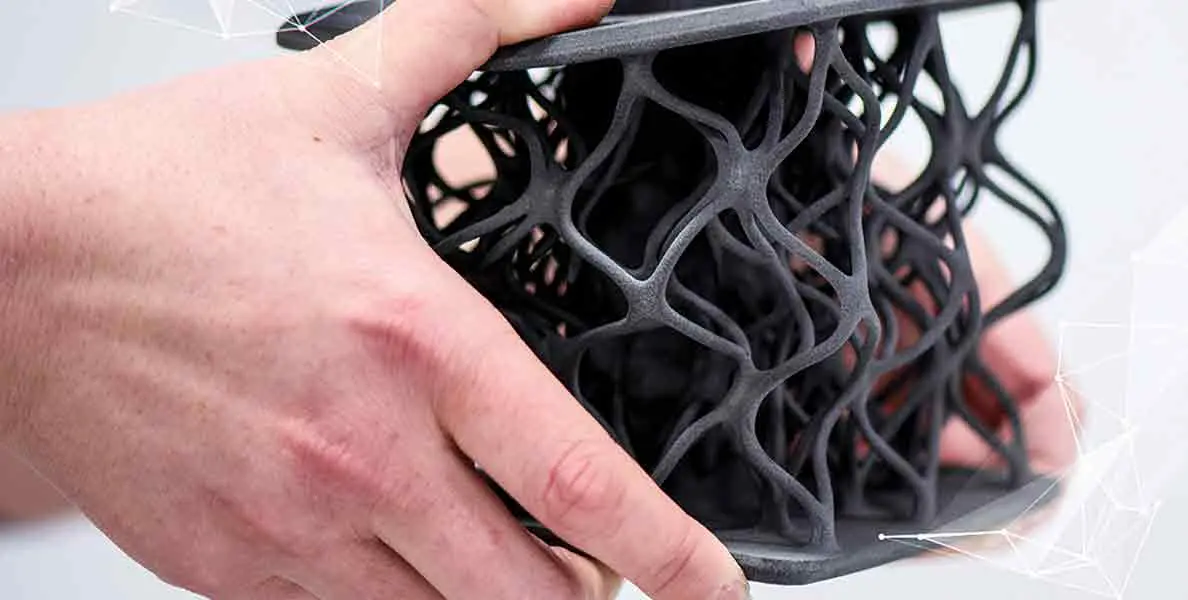
TPU (Thermoplastic Polyurethane) is a highly versatile material widely used in additive manufacturing due to its unique properties.
It is increasingly becoming the go-to material for prototypes, functional components, and even wearable technology.
Advantages of 3D Printing TPU
Excellent Flexibility and Durability
TPU can withstand wear and tear, making it ideal for producing items that require a certain degree of elasticity.
This material combines the benefits of rubber and plastic, allowing for the creation of intricate designs that maintain their shape under stress.
Impact Resistance
TPU can absorb shock, which makes it particularly suitable for applications in industries such as automotive and consumer electronics.
High Precision
The 3D printing process allows for precise control over the material’s structure, enabling manufacturers to produce customized parts tailored to specific needs.
ASA Material 3D Printing

ASA (Acrylonitrile Styrene Acrylate) is a popular thermoplastic used in 3D printing due to its excellent mechanical properties and weather resistance.
Benefits of 3D Printing ASA
- Environmental resistance: This material is particularly valued for its ability to withstand UV light and harsh environmental conditions, making it an ideal choice for outdoor applications.
- Ease of Use: Its compatibility with a variety of 3D printers makes it accessible for both hobbyists and professionals.
Differences Between ABS and ASA
Unlike its counterpart, ABS (Acrylonitrile Butadiene Styrene), ASA maintains its color and finish over time, reducing the need for post-processing and ensuring longevity.
Furthermore, ASA exhibits good layer adhesion and can be printed at similar temperatures to ABS, which facilitates a smooth transition for those familiar with traditional printing methods.
PLA Material for 3D Printing
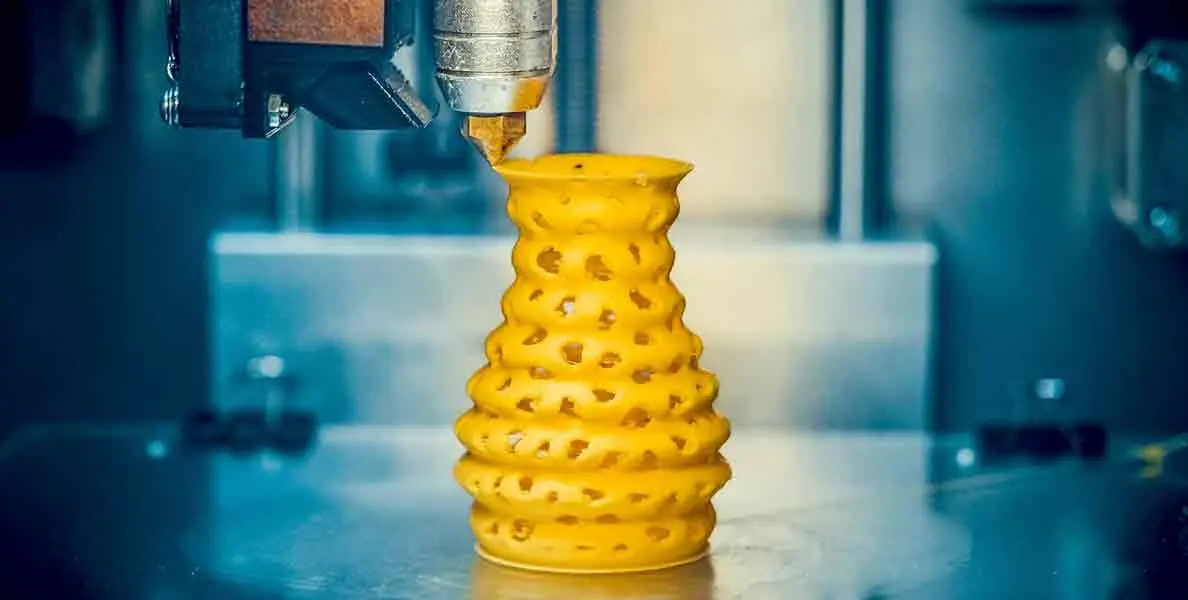
PLA (Polylactic Acid) is one of the most popular materials used in 3D printing, primarily due to its ease of use and environmentally friendly properties.
Biodegradability
Derived from renewable resources such as corn starch or sugarcane, PLA is biodegradable, making it an attractive option for eco-conscious creators.
Compatibility
Its low melting temperature allows for printing at lower heat settings, which reduces the risk of warping and makes it compatible with a wider range of printers.
Aesthetics
It is also famous for its aesthetic appeal. It is available in a vast array of colors and finishes, allowing for creative freedom in design.
The material produces prints with a smooth surface finish and sharp details, making it suitable for both prototypes and final products.
Potential Risks
However, this material is less durable than other materials like ABS or PETG, which may limit its application in functional parts that require high strength or heat resistance.
3D Printing Carbon Fiber Materials
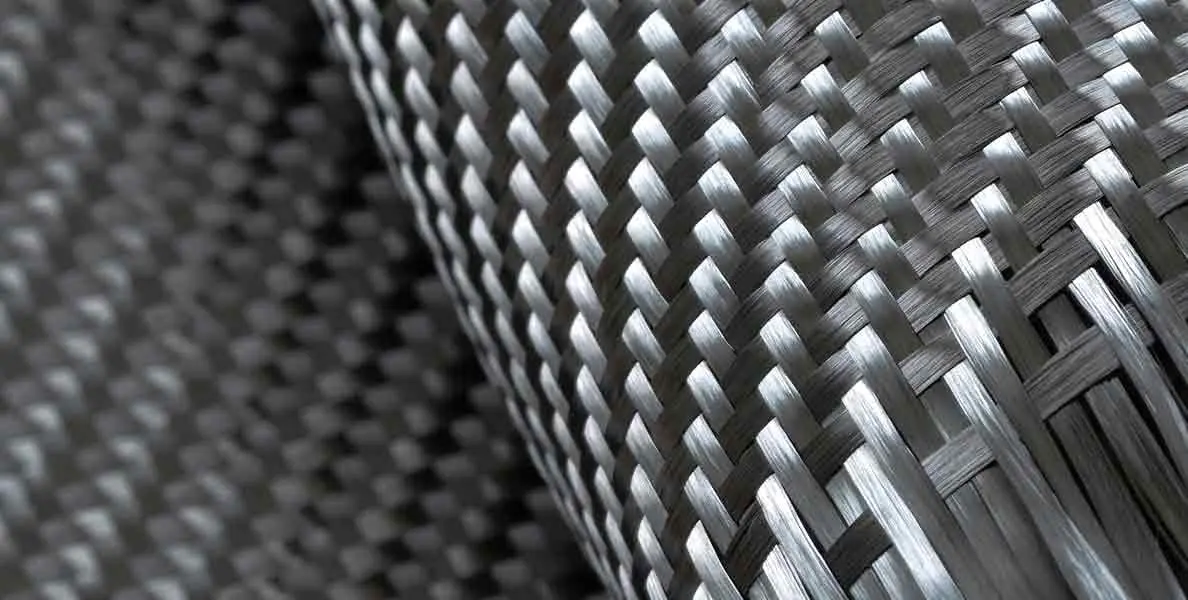
Carbon fiber materials have taken additive manufacturing technology to new heights.
Unique Combination
By combining the lightweight properties of carbon fiber with the versatility of additive manufacturing, engineers can produce parts that are not only strong but also incredibly durable.
This unique combination enables the creation of complex geometries that traditional manufacturing methods struggle to achieve.
What industries like Carbon Fiber Best?
The use of carbon fiber-reinforced polymers in 3D printing opens up a myriad of applications, from aerospace components to automotive parts.
These materials are designed to withstand high stresses while minimizing weight, making them ideal for industries where performance is critical.
Metal 3D Printing
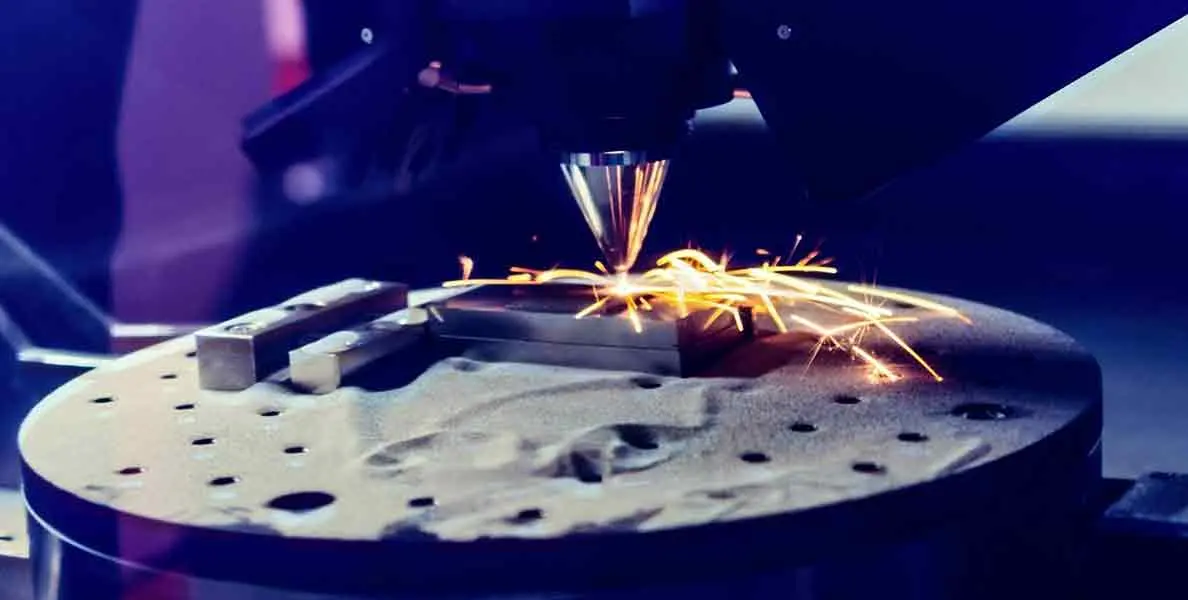
In recent years, some untraditional materials such as metal, have been introduced for additive manufacturing.
Why Use Metal?
This technology allows for the creation of complex geometries that are difficult or impossible to achieve with traditional methods.
By using metal powders, which are fused layer by layer, engineers can produce intricate components that exhibit superior strength and durability.
What metal is Most Commonly Used?
Among the various metal materials used, titanium and stainless steel are particularly popular due to their excellent mechanical properties and corrosion resistance.
Industries such as aerospace, automotive, and medical are increasingly utilizing these advanced materials to manufacture lightweight yet robust parts.
Best Material For 3d Printer Bed
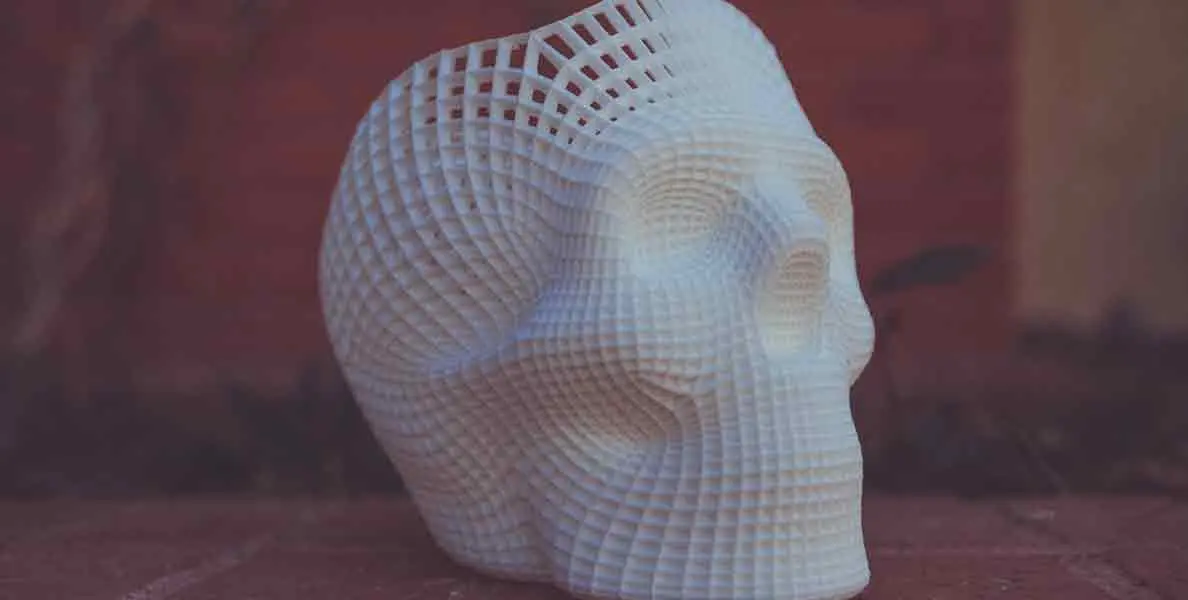
In conclusion, a multitude of materials can be utilized in additive manufacturing, each suited to certain application scenarios. Manufacturers ought to select materials according to their specific requirements.
3D Printing Service Near Me
XMAKE is the world’s leading digital manufacturing platform. We can use many different types of 3D printing materials in manufacturing, and offer excellent 3D printed parts.
FAQS
Q1: What is support material and why is it important in 3D printing?
A: Support material is a secondary material that supports the part during printing, especially for overhangs and complex geometries. It is crucial to ensure that the final print has the desired accuracy and finish.
Q2: Can flexible materials be used in both FDM and SLS 3D printing?
A: Yes, flexible materials can be used in both FDM 3D printing and SLS 3D printing. However, the specific materials and printing techniques may vary depending on the printer type.
Q3: How do composite materials enhance 3D printing?
A: Composite materials enhance 3D printing by combining different materials to improve strength, durability, and thermal resistance. These materials can be used to create parts that are more robust than those made from standard plastic materials.
Q4: How does the choice of materials affect the final output of 3D printing?
A: The choice of materials significantly affects the final output of 3D printing in terms of strength, flexibility, finish, and the overall range of applications. Selecting the right material is essential for achieving the desired performance and aesthetics.
Reference
- Introduction and Characteristics of Commonly Used Materials for 3D Printers_Hagong 3D. (n.d.). https://www.hrg3d.com/news-814.html
- What are the advantages and disadvantages of each of the three 3D printing materials – PLA, ABS, and PETG? The difference between _PETG and PLA – CSDN Blog. (n.d.). https://blog.csdn.net/weixin_44519874/article/details/123291884

